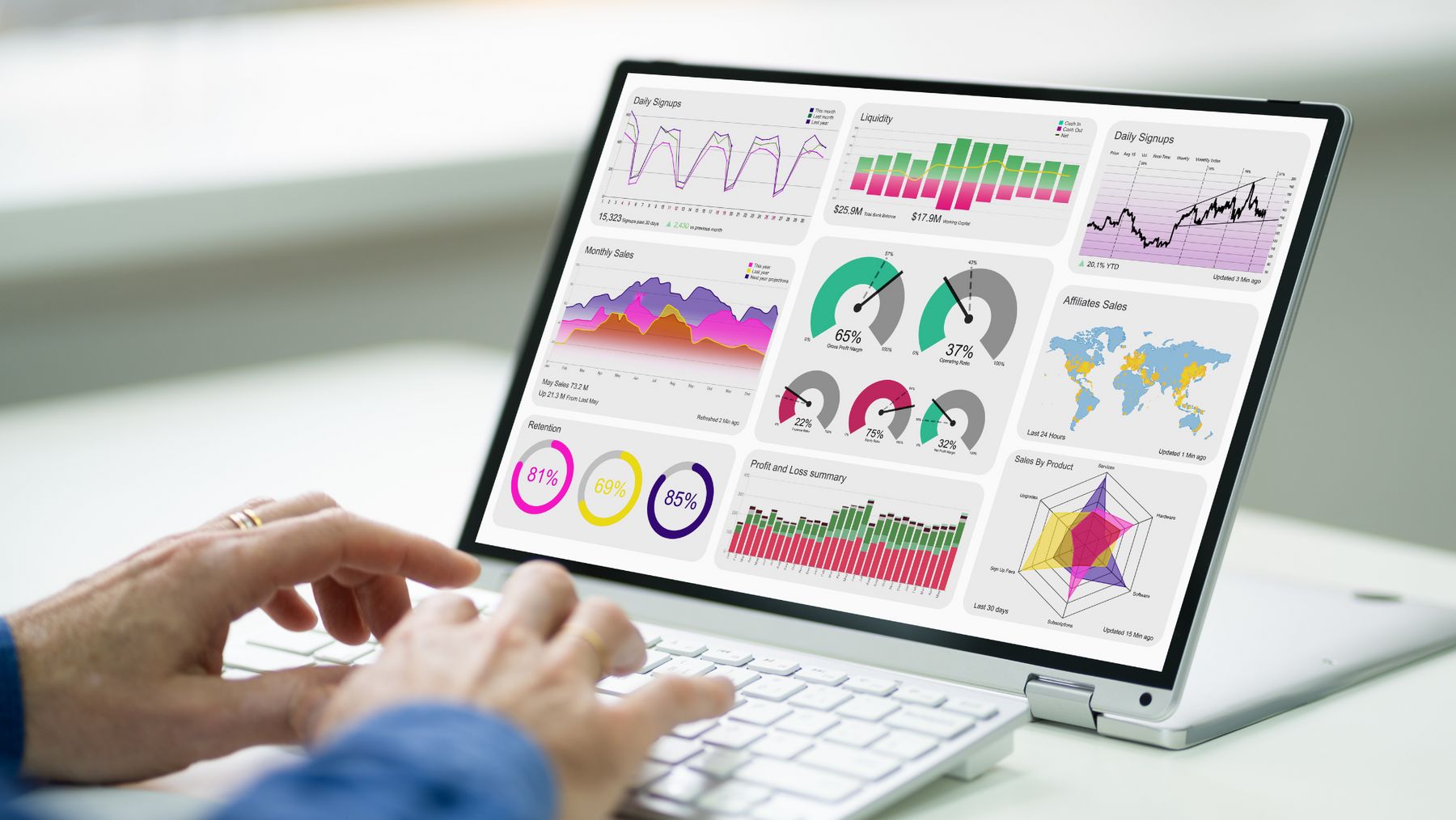Embracing Talent Analytics and Reporting in Recruitment
In the era of big data, talent analytics and reporting tools have emerged as powerful allies for HR and recruitment professionals. These tools can help organisations to leverage data and make informed, strategic decisions throughout the recruitment process. With insights into key performance indicators like time-to-fill, cost-per-hire, and candidate quality, businesses can optimise their recruitment strategies, leading to more successful hiring outcomes.
Understanding Talent Analytics and Reporting
Talent analytics involves the use of data and statistical methods to improve hiring decisions and HR practices. It enables organisations to go beyond gut feelings or intuition and make evidence-based decisions.
Insight into Key Performance Indicators
Talent analytics provides insights into various key performance indicators (KPIs) in the recruitment process. Some of the critical metrics include time-to-fill, cost-per-hire, candidate quality, source of hire, and more. These insights can help to identify bottlenecks, inefficiencies, and areas for improvement in the recruitment process.
The Benefits of Talent Analytics and Reporting
The implementation of talent analytics and reporting tools offers numerous benefits to organisations.
Improving Efficiency in Recruitment
Talent analytics allows HR professionals to identify inefficiencies in the recruitment process. For instance, if the time-to-fill for certain roles is too long, recruiters can delve deeper to find the root cause and address it. This could involve revising job descriptions, expanding sourcing strategies, or improving the interview process.
Optimising Recruitment Strategies
Talent analytics can reveal the effectiveness of different recruitment strategies and channels. By understanding which sources yield the highest-quality candidates, recruiters can optimise their strategies, focusing more on those channels that deliver the best results.
Making Informed Decisions
With talent analytics, decisions are no longer based solely on intuition. Instead, recruiters can rely on data-driven insights to make informed decisions that improve the quality of hires, enhance the candidate experience, and contribute to the organisation's overall success.
The Future of Talent Analytics
As businesses continue to digitalise their operations, the amount of data available will only increase. The future of talent analytics lies in the ability of organisations to leverage this data effectively. Artificial Intelligence and Machine Learning algorithms can help parse through vast amounts of data, identifying patterns and trends that would be impossible for humans to detect.
Predictive analytics, an emerging field within talent analytics, can potentially forecast hiring outcomes based on historical data. This can assist organisations in proactively addressing recruitment challenges, shaping more successful recruitment strategies, and gaining a competitive edge in the talent market.
Talent analytics and reporting tools can play a pivotal role in modern recruitment processes, enabling organisations to make data-driven decisions that improve efficiency, optimise strategies, and lead to better hiring outcomes. As technology continues to evolve, the importance of leveraging data in recruitment is set to grow, making talent analytics an essential tool in the recruiter's toolkit.

